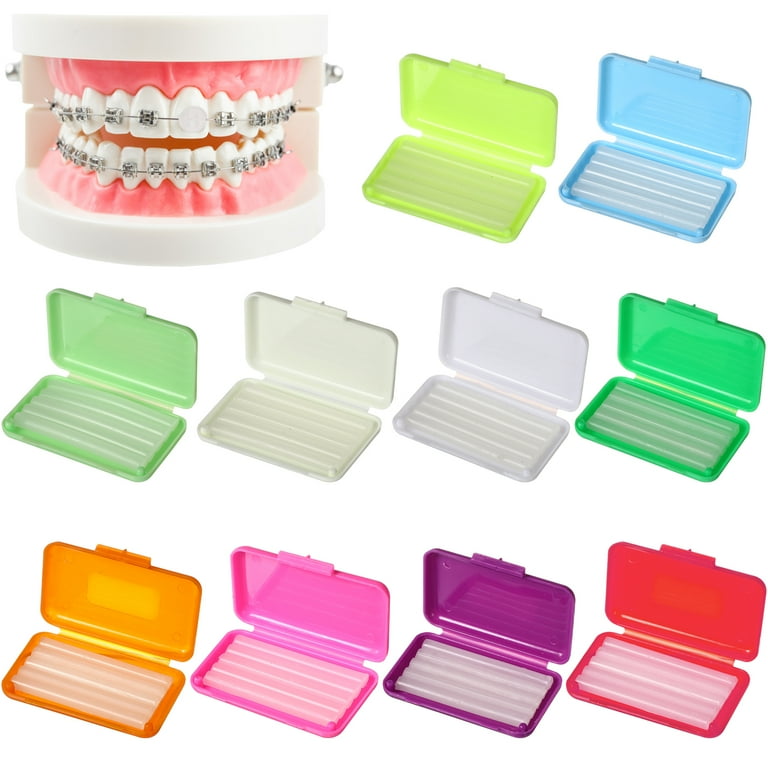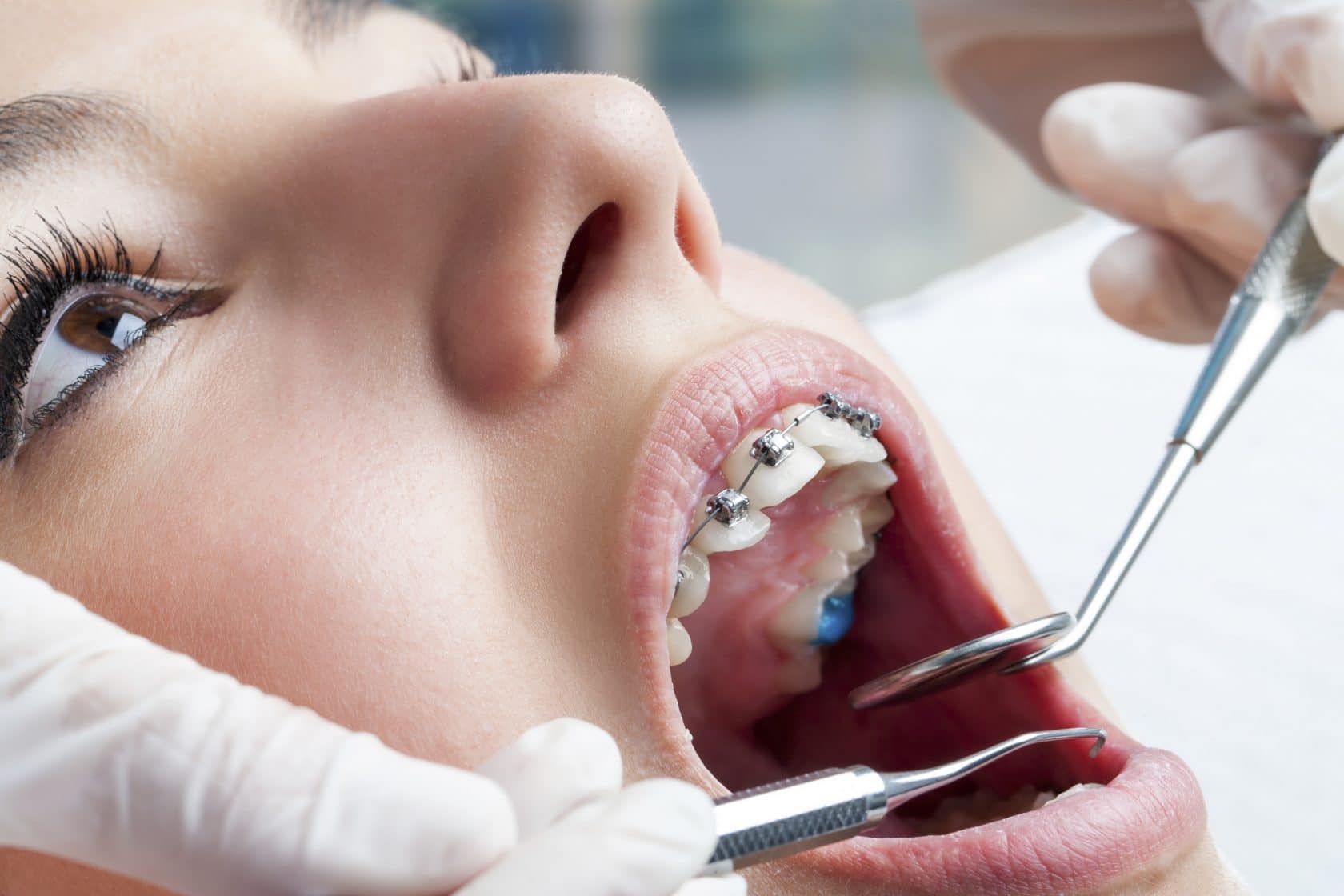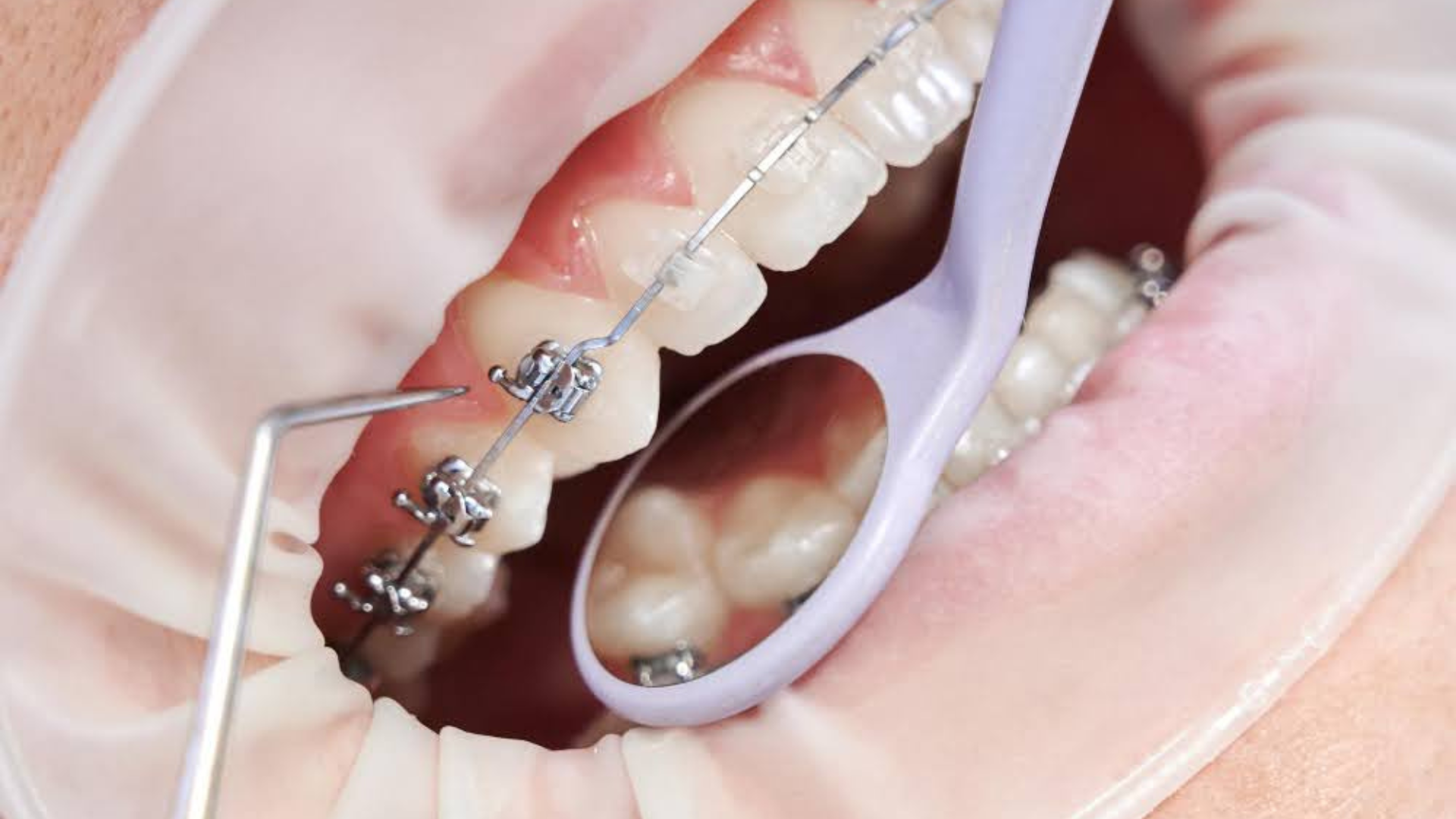Comprehensive Overview to Orthodontics Treatments for Dealing With Dental Misalignments
In the realm of orthodontics, the journey to achieving a flawlessly aligned smile entails a myriad of procedures customized to deal with oral imbalances. From conventional braces to invisible aligners and also surgical alternatives, the field of orthodontics supplies a series of options to resolve varying degrees of oral abnormalities. Comprehending the ins and outs of each treatment, including their systems, advantages, and potential disadvantages, is essential in making informed choices concerning one's orthodontic therapy. As we navigate with the extensive overview to orthodontic treatments for correcting oral imbalances, the intricate details of each method will certainly unravel, clarifying the path toward a unified and useful oral positioning.
Orthodontic Procedures Introduction

Along with clear aligners and conventional dental braces, orthodontists might also recommend other interventions like headwear, palatal expanders, or retainers to resolve details alignment problems (orthodontics). These procedures are customized per patient's special demands and may entail a mix of treatments to attain the desired results. Normal adjustments and tracking are vital parts of orthodontic therapy to make certain progress is on track and to make any kind of essential adjustments along the way. By undergoing orthodontic treatments, individuals can not only accomplish a straighter smile but additionally enhance their general dental wellness and feature.
Standard Dental Braces: How They Function
When taking into consideration orthodontic therapies for oral misalignments, traditional dental braces stand out as a tried and true method for fixing teeth positioning. Typical dental braces consist of braces, cables, and bands that work together to use continuous pressure on the teeth, gradually relocating them right into the wanted alignment.
One trick aspect of exactly how conventional dental braces job is the procedure of bone makeover. As stress is related to the teeth with the braces, the bone bordering the teeth is reshaped to support the new tooth positions. This improvement is crucial for the lasting security of the dealt with positioning. Clients will need regular adjustments at the orthodontist's workplace to ensure the dental braces proceed to use the proper pressure for effective teeth movement.
Unnoticeable Aligners: Benefits And Drawbacks
These clear, personalized trays are basically invisible when put on, making them an attractive alternative for people looking for a more cosmetically pleasing orthodontic therapy. People can eliminate the aligners before consuming or cleaning their teeth, lowering the risk of food getting stuck in the device and streamlining the cleansing process.

Surgical Orthodontic Options
Surgical treatments in orthodontics existing feasible options for addressing complicated oral imbalances that may not be properly dealt with through conventional orthodontic therapies. While conventional dental braces and unnoticeable aligners can correct numerous orthodontic concerns, certain instances call for surgical treatment to best local dentist achieve optimum outcomes. Surgical orthodontic options are generally suggested for severe malocclusions, significant jaw inconsistencies, and cases where the underlying bone framework requires modification to attain correct placement.
One usual medical orthodontic procedure is orthognathic surgical procedure, which involves repositioning the jaws to correct functional concerns home such as trouble talking or chewing. This surgical treatment is usually done in partnership with an orthodontist who aids straighten the teeth prior to and after the treatment. Surgical orthodontics might also entail procedures to reveal impacted teeth, get rid of excess periodontal cells, or reshape the jawbone to create a much more unified face account.
Prior to considering medical orthodontic options, people undertake a comprehensive evaluation to determine the need and potential advantages of such treatments. invisalign. While surgical procedure might appear overwhelming, it can significantly improve both the function and aesthetics of the smile in instances where traditional orthodontic treatments fall short
Retainers and Post-Treatment Care

Post-treatment care includes complying with the orthodontist's guidelines carefully. This may include appropriate oral hygiene methods, going to follow-up consultations, and wearing the retainers as suggested. Failing to adhere to post-treatment care instructions can lead to relapse, where the teeth progressively relocate back in the direction of their original positions. Consistent retainer wear, good oral hygiene, and from this source regular oral examinations are crucial for maintaining the outcomes attained through orthodontic surgery and guaranteeing the long-lasting stability of the fixed dental placement.
Final Thought
In final thought, orthodontic procedures provide different alternatives for fixing dental imbalances. Surgical orthodontic options are available for much more serious imbalances. Overall, orthodontic treatments can effectively improve oral health and aesthetic appearance.
As we browse through the extensive overview to orthodontic treatments for remedying oral misalignments, the detailed details of each technique will certainly unravel, dropping light on the path toward a useful and harmonious dental positioning. - orthodontist
One of the most usual orthodontic treatments is the usage of dental braces, which are composed of steel braces and wires that use gentle stress to slowly move teeth into the preferred setting.When considering orthodontic treatments for dental imbalances, conventional dental braces stand out as a time-tested method for dealing with teeth positioning. Furthermore, unnoticeable aligners may not be appropriate for intricate orthodontic concerns that need more significant teeth movement, as they are normally suggested for moderate to moderate situations. Retainers are tailor-made orthodontic gadgets made to hold teeth in their fixed placements after the completion of orthodontic treatment.